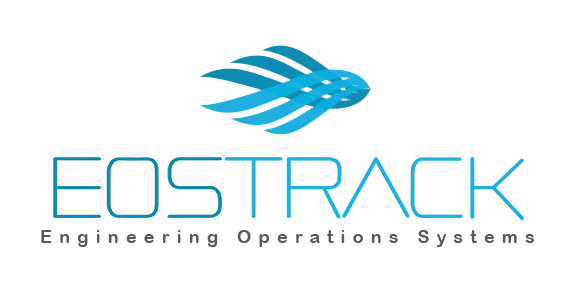WHY DO WE NEED SIMULATION IN WELL-DRILLING PROCESSES?
The process of excavating the natural resources that are entombed at thousands of miles under the surface of ground to be used for human benefits is called Well Drilling or Wellbore Drilling. These natural resources could be groundwater, brine and minerals, natural gas or petroleum. Most of these resources are formed over thousands of years due to multiple factors. The most important of these factors are high pressure and temperature. The most industry that have many challenges and adversities and also attracts the attention of many scouts in this field, is the oil and gas (Petroleum) industry.
With the increased exploration difficulties, the petroleum industry modifies its classical operational methods and technologies with the target of maximizing production at reduced costs. Some of these difficulties arise due to the inherent complexity of the environment/location of petroleum resources, increased implementation of deviated hole drilling (eccentricity effect), and power requirements for effective circulation of drilling fluid in order to ensure continuous removal of drill cuttings. Furthermore, reduced Rates of Penetration (ROP), excessive drill bit wear, stuck drill pipe and re-drilling are some of the problems that arise when a drilling fluid is inappropriately chosen to promptly remove drill cuttings. Increasing the fluid circulation velocity is one of the most reliable methods the industry has adopted to mitigate these problems; however, the additional pressure that is often generated may cause formation fracture and eventual loss of these expensive drilling fluids into these fractures. Under these circumstances, drilling engineers must monitor and optimize the influence of these significantly intertwined drilling variables in order to achieve reliable and cost effective design of any drilling program.
Fig1: Effect of RPM on ROP and WOB
The observation and optimization of these parameters can be achieved through using simulation tools and numerical analysis such as CFD (MSC Cradle) and Multi Body Dynamics analysis (MSC Adams Drill). Not only this, but also the co-simulation and the interaction between such two simulations can lead to decrease the hurdles and difficulties that may arise during the drilling process. For example, during the drilling process, the drilling bit runs across multiple friction forces such as drag, buoyancy, hydrodynamic and contact forces. These forces obtained from CFD analysis, can be used as inputs in multi body dynamics to calculate the required and optimum RPM the drilling bit can withstand, the torque that the drilling bit can endure before failing and the vibration that can be intruded during the operation. Add to these analyses, the transient analyses that can catch the changes in density and temperature of the mud flow and the displacement in the mud particles that will lead to an anticipation of the ROP, the pressure and temperature gradients that can be obtained from CFD analysis can be used to anticipate the deterioration of the bit, wellbore, weight on bit and penetration depth, failure and wear analysis of bit, string response to formation changes, anticipation of crack propagation, comparing between different MUD types and the list can go on.
Fig2: Effect of string length on bending and the induced forces
The oil and gas industry always seeks to:
1) Maximize Rate of Penetration (ROP)
2) Minimize the overall cost of drilling process.
3) Conserve the safety aspects.
The results of these tools optimize the overall drilling operation and pave the road to explore new difficulties and challenges that may hinder the progression of drilling process. Also, it can save hundreds and thousands of money due to failures during the process and also can reduce tedious work and effort within minutes and hours using powerful simulation tools such as MSC Cradle and MSC Adams Drill.
The added values from such computational technique can be summarized as follow:
1) Maximizing the rate of penetration with optimum operating values.
2) Predicting pressures and other physical parameters.
3) Comparing different drilling string dimensions and mud fluids before the operation.
4) Anticipating the lifetime of components and bit, hence reducing the overall wasted time.



